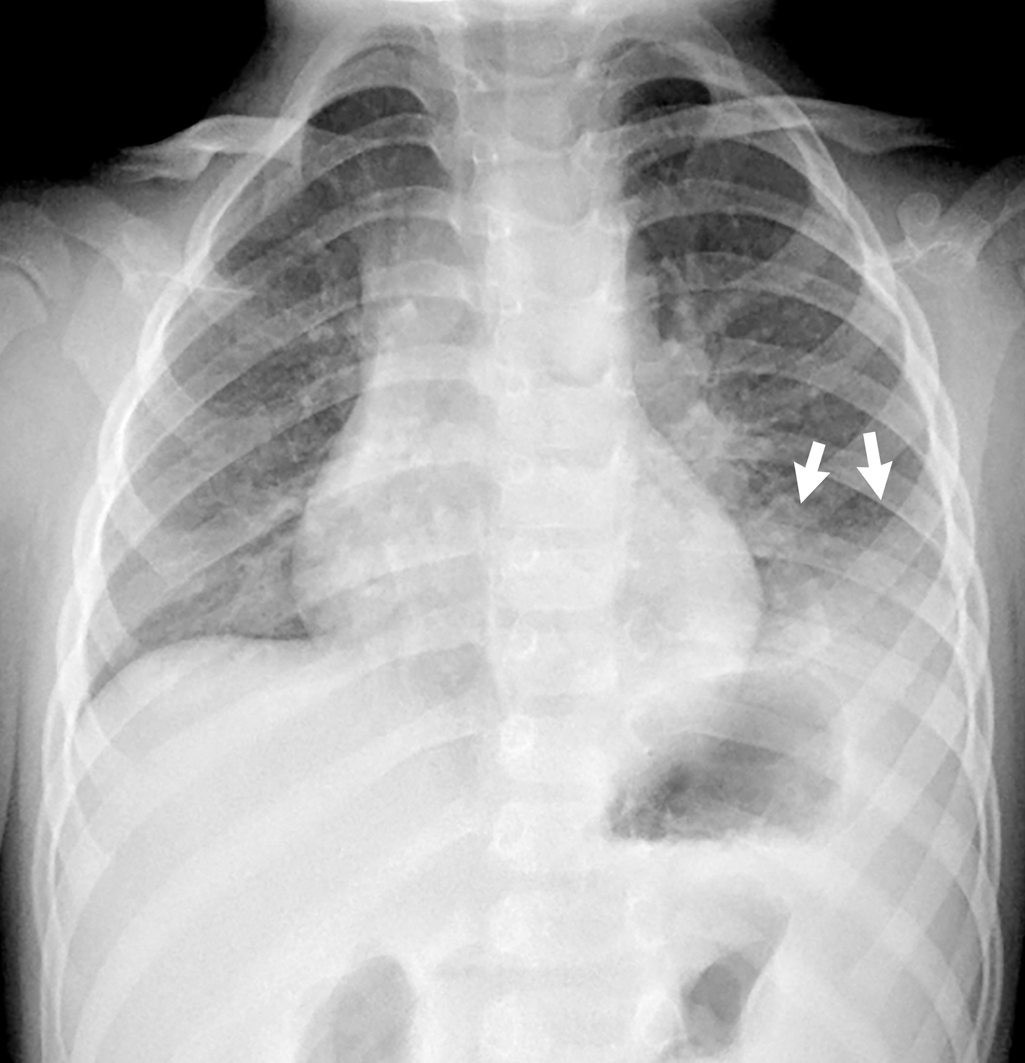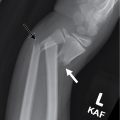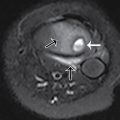Case presentation
A 7-year-old male with a medical history of asthma presents with 7 days of cough and “not feeling well.” Four days ago, the patient developed fever to 103 degrees Fahrenheit. He was seen at his primary care provider 2 days ago and started on azithromycin, but he has not been eating or drinking well for the past several days and has had decreased urine output. He has complained of difficulty breathing today despite albuterol use, prompting the evaluation in the Emergency Department. He has not had emesis, diarrhea, or abdominal pain. Physical examination reveals a temperature of 103 degrees Fahrenheit, heart rate of 120 beats per minute, respiratory rate of 25 breaths per minute, blood pressure of 100/60 mm Hg, and an oxygen saturation of 94% on room air. He has mildly dry mucous membranes. His pulmonary examination reveals crackles and diminished breath sounds in the right upper lobe.
Imaging considerations
Imaging is frequently utilized in the evaluation of children with respiratory symptoms. The initial differential diagnosis is broad, with history and physical examination serving to narrow the differential diagnosis and assist the clinician in choice of imaging, if clinically indicated.
Plain radiography
Pediatric patients with suspected viral etiology or uncomplicated bacterial pneumonia do not require routine imaging, since the diagnosis of pneumonia may be made clinically. , Studies of pre-guideline management and post-guideline adherence have shown a notable decrease in the frequency of radiographs being obtained without significant increase in clinically diagnosed pneumonia. Plain radiography is the first-line imaging choice for confirmation/exclusion of disease, for those who are not following an expected clinical course, if there are concerns for complications, if the child is severely ill, or for alternative diagnoses under consideration, such as foreign body ingestion. , Two views of the chest allow for proper and complete visualization of chest anatomy, including areas obscured by the heart and mediastinal structures. , This imaging modality provides low exposure to ionizing radiation and is readily available.
However, this imaging modality is not without limitations; findings of community-acquired pneumonia can vary, as can interoperator description and diagnosis of these findings. One multisite, international study looked at observer agreement for radiographic findings of pneumonia utilizing World Health Organization standardized interpretation guidelines. The study showed good agreement for the finding of consolidation but poor agreement for other types of infiltrates on plain films, as has been reported elsewhere. , Imaging alone is incapable of distinguishing viral from bacterial etiology. , Still, radiography is often used to confirm a suspected bacterial etiology and has been shown to correlate well with that diagnosis in children who have Pneumococcus species as a cause of their pneumonia; negative radiographs have been found to have a high negative predictive value for bacterial source in those diagnosed with pneumonia clinically. ,
Computed tomography (CT)
CT is generally not a first-line imaging modality. Use of this technology may be indicated in children with complex illness such as effusion or empyema requiring invasive interventions (i.e., imaging-guided thoracentesis and drainage catheter placement, video-assisted thoracoscopic surgery [VATS]) or when a diagnosis is uncertain.
Ultrasound (US)
Interest in ultrasonography to diagnose pneumonia continues to increase due to its lack of ionizing radiation and relatively low cost compared to other imaging modalities. Ultrasound has proven adept at locating effusions and is more sensitive than CT. Consolidations can be detected, but distinguishing between atelectasis and true pneumonia can be difficult, affecting accuracy. Studies have reported equivalent sensitivity for US and plain radiography at detecting pneumonia, although plain radiography has been shown to have a higher specificity. Several studies have shown US to be effective at diagnosing community-acquired pneumonia in selected patients, , , and the use of chest sonography may result in shorter length of stay and lower costs compared to chest radiography. In cases of complicated pneumonia, US is useful to evaluate for an effusion or abscess, as it can be more sensitive than CT for small-volume effusions.
The usage of transthoracic US to aid in diagnosing pediatric pneumonia continues to evolve. This modality may be useful, either as a first-line test or as an adjunct to better define abnormal plain radiography findings. US has the advantage of a lack of exposure to ionizing radiation and the study is rapid to perform. However, this modality requires specific training to perform appropriately and may not be generalizable to providers without skill in thoracic US.
Magnetic resonance imaging (MRI)
MRI is not a first-line imaging modality for CAP. Technical challenges previously limited the use of this modality, but recent studies have shown MRI to be sensitive for complications of pneumonia, although it is less sensitive than CT at detecting bronchiectasis, and may be considered a viable alternative to CT. , , MRI is accurate at detecting pulmonary consolidation, pulmonary necrosis/abscess, and pleural effusion.
The lack of ionizing radiation is advantageous. The availability of MRI may be a limiting factor in the further spread of use for this modality, as well as the likely need for sedation in younger children.
Imaging findings
While the patient’s history and physical examination findings are suggestive of pneumonia, there has been a worsening clinical course despite antimicrobial treatment. The decision was made to obtain two-view plain chest radiography. These images are provided here. There is a lung opacity in the right upper lobe without associated effusion or pneumothorax ( Figs. 37.1 and 37.2 ).
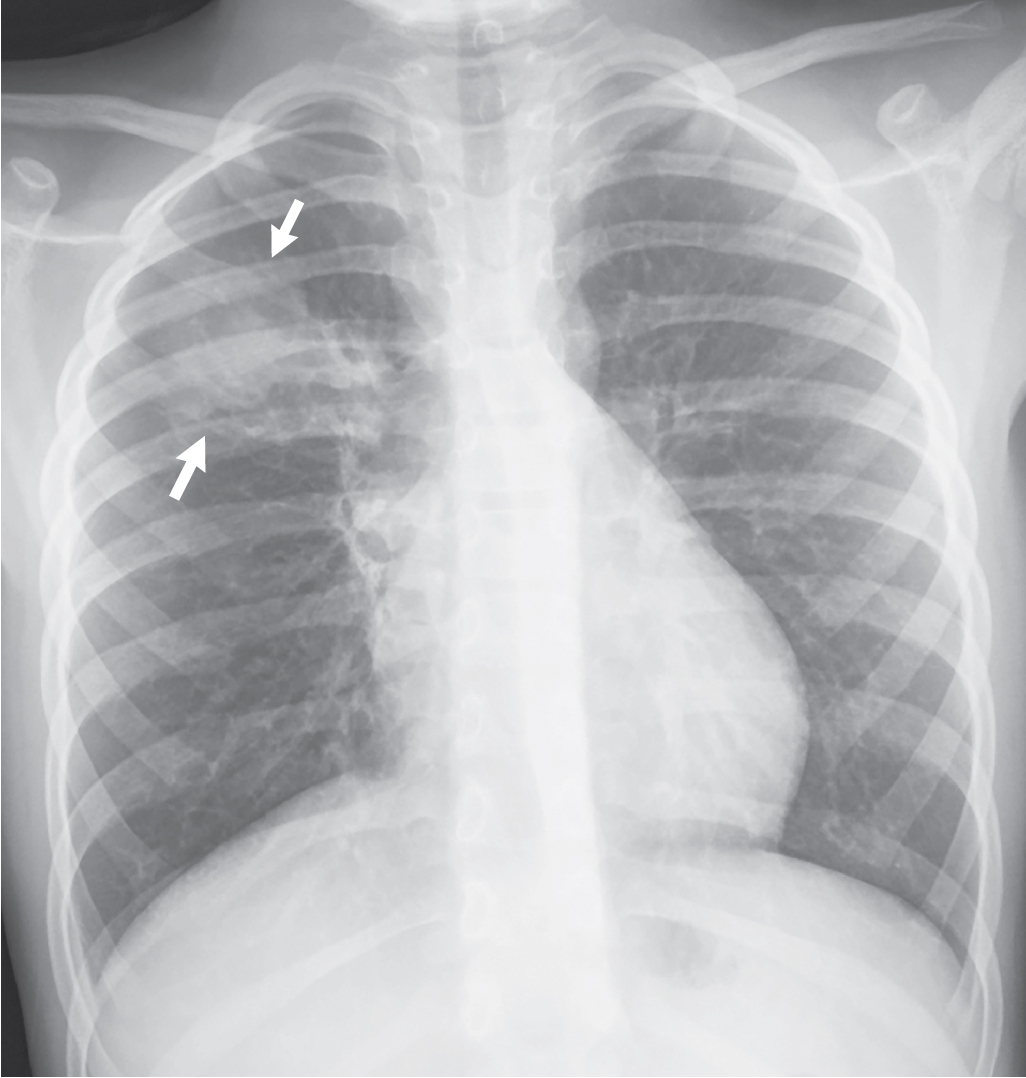
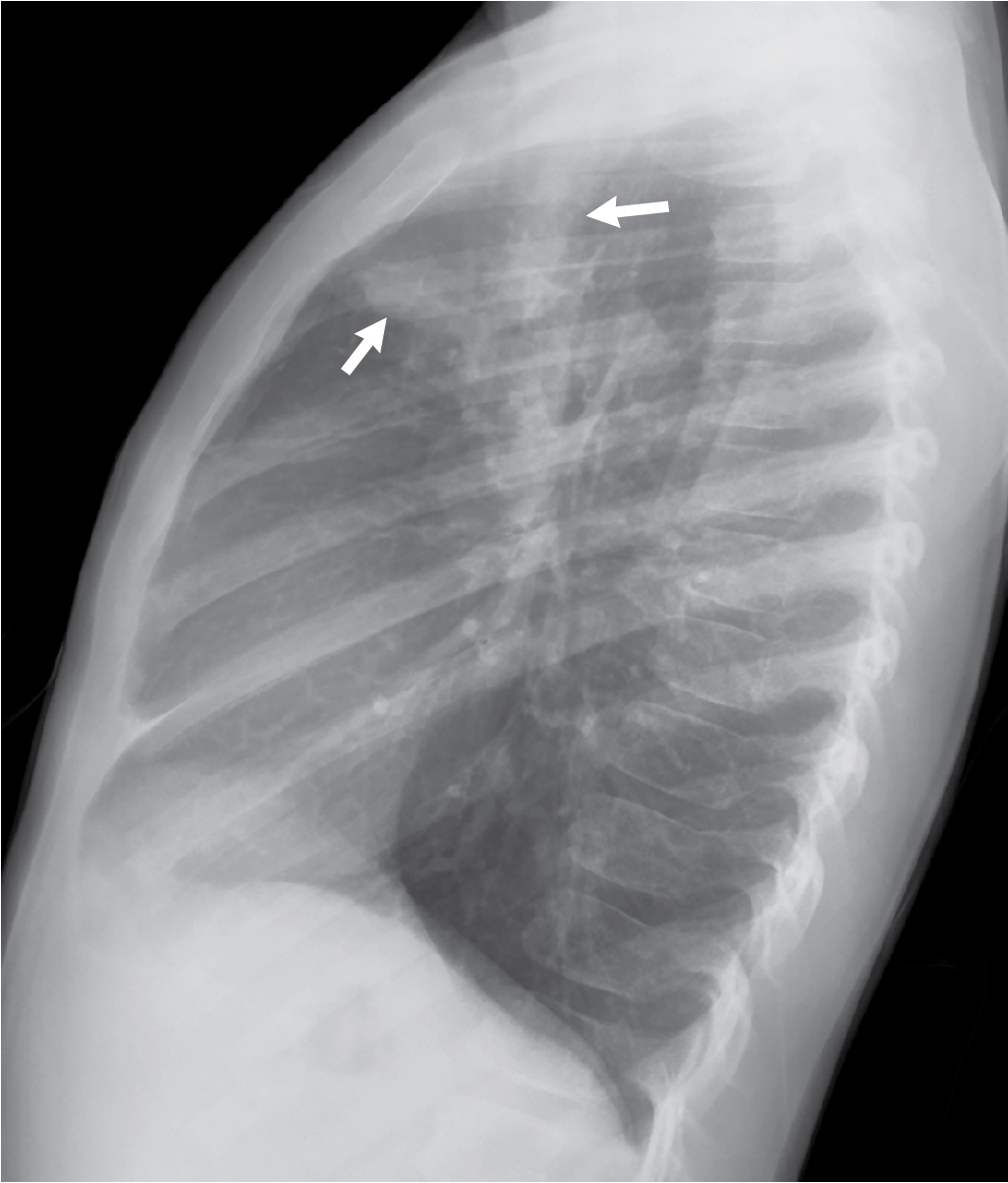
Case conclusion
The patient was given antipyretics and intravenous (IV) fluids with improvement of his temperature and vital signs. He was then able to tolerate oral fluids well in the emergency department. Strict return precautions were given, and he was placed on a 10-day course of oral amoxicillin and discharged home.
Community-acquired pneumonia is a leading cause of morbidity and mortality worldwide and a leading cause for hospitalization in the United States. , It is defined as an acute infection of the lung parenchyma and its etiology varies with age. Presenting symptoms may be nonspecific—especially in infants—but fever, cough, and respiratory complaints are often present.
Community-acquired pneumonia has a variety of etiologies, with over 90% attributed to a viral source with age-dependent variance. In those less than 2 years of age, viral sources predominate. As children age, viruses become less common; bacterial (especially atypical bacterial) causes increase in frequency. , Among bacterial etiologies, Streptococcus pneumoniae , Staphylococcus aureus , Moraxella catarrhalis , and Haemophilus influenzae are the most common agents. ,
Diagnostic testing for bacterial etiologies of CAP is often low yield, and no gold standard exists. , Polymerase chain reaction (PCR) is commonly employed to assess respiratory tract samples for viral etiologies. Blood cultures are performed only when needed per the Infectious Diseases Society of America (IDSA) and Pediatric Infectious Diseases Society (PIDS) guidelines, while bronchoalveolar lavage samples and needle aspirates are not typically performed due to their invasive nature. , ,
In children with suspected community-acquired pneumonia, first-line antibiotic choices are beta lactam antibiotics, such as amoxicillin, but providers should refer to local antibiogram as regional susceptibility exists. , , For those patients being admitted, IV antibiotics are commonly utilized (e.g., ampicillin for amoxicillin). The decision of whether or not to treat with antibiotics is not greatly influenced by radiographic findings. Adjunct laboratory studies such as procalcitonin have been reported as a potential delineator for which hospitalized patients may be safe without antibiotic treatment. For patients who do not respond to initial therapy, further imaging may be indicated to assess for complications such as abscess or effusion. , Findings on these images may warrant further interventions such as chest tube placement with or without fibrinolytics or VATS procedure. If atypical causes of pneumonia are suspected, such as Mycoplasma pneumoniae, macrolide antibiotics are recommended. Given the frequency of a viral source, recent studies have questioned the rate of antibiotic prescribing.
For comparison, several cases are presented here:
This 35-month-old patient in Figs. 37.3 and 37.4 presented with fever and cough for 1 week, with a room air pulse oximetry reading of 91% and mild tachypnea. A two-view chest radiography demonstrates a left lower lobe consolidation without effusion. While the consolidation is seen on both views in this patient, if a lower lobe consolidation is only in the retrocardiac region, it may be possible to overlook on the frontal view and more easily be seen on the lateral view. This highlights the importance of obtaining two-view chest radiographs in the pediatric population.

